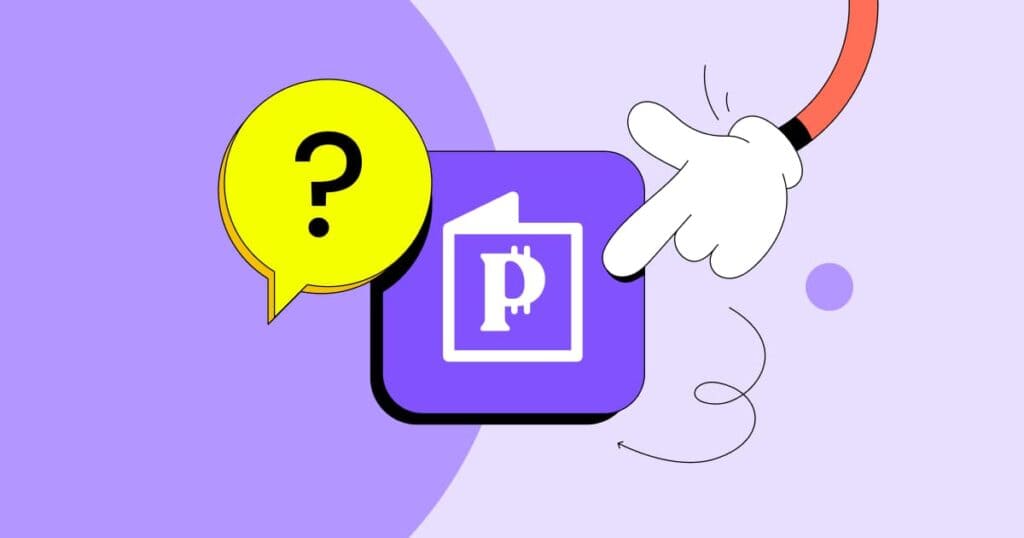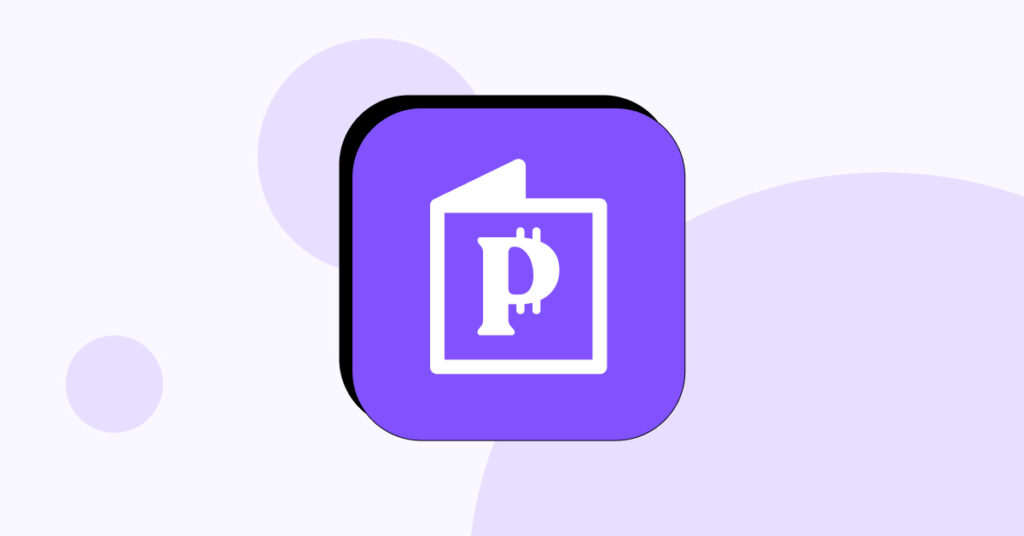Smart spending and saving can be very challenging but not impossible to achieve. The problem is that some people are looking for a quick solution to turn them into conscious spenders instantly. Others are trying just one of many budgeting strategies only to return to their bad spending habits after failing.
The reality is a bit different. Instead of looking for a one-size-fits-all approach to reaching your financial goals, you should try different budgeting methods to determine which works best for you. So even though the whole money-saving journey takes time and patience, it’s totally worth it in the end!
With so many different budgeting options out there, finding the best ones can be quite a task. So to make things a little bit easier for you, we’ve selected the top five strategies to help you spend less and save more. In addition, we provide you with a few valuable tips that will help you maintain your budget.
But first, let’s start by explaining what budgeting strategies are.
What Is a Budget Strategy?
A budget strategy is a plan that outlines how someone plans to allocate their financial resources over a specific period. It involves identifying and prioritizing financial goals, estimating income, and planning expenses to ensure that spending aligns with the overall objectives.
It typically involves creating a detailed budget that covers all aspects of finances, including income, expenses, savings, and debt management. Also, it involves setting financial targets like reducing debt or increasing savings and creating a plan to achieve these goals.
A well-designed budget strategy can help individuals and organizations achieve financial stability, reduce debt, and make informed financial decisions.
Top 5 Budgeting Strategies
Now that you know what a budget strategy is, let’s talk about the best ones out there. Here are five effective budgeting strategies that will help you meet your financial goals and turn your dream into reality.
The 50/30/20 Rule
If you’ve been checking out our blog, you already know about this one. The 50/30/20 budget rule is a way to manage money that involves dividing income into three categories. So 50% is for needs, 30% is for wants, and 20% is for savings and debt repayment.
Needs include essential expenses like rent, groceries, and utilities. Wants include non-essential expenses like dining out, entertainment, and hobbies. And savings and debt repayment include building an emergency fund, saving for retirement, and paying off debt.
It ensures you have enough money to cover necessary expenses while still being able to spend something on discretionary items. The 20% allocated to savings and debt repayment can help you to build financial security and work towards your long-term financial goals.
Overall, it’s a great strategy if you’re just starting to take control of your finances.
Zero-based Budgeting
Zero-based budgeting involves creating a budget from scratch for each period rather than simply using the previous period’s budget as a starting point. This approach requires a detailed analysis of all expenses. This means that every item of expenditure must be evaluated and approved before being included in the budget.
The aim is to encourage efficiency and cost-effectiveness by identifying and eliminating wasteful spending. Essentially, it’s a way to ensure that every dollar spent is necessary and serves a specific purpose.
This budgeting strategy is perfect for service industry workers that rely on tips, freelancers, and anyone with a fluctuating income. It’s a great way to help them realize how much work they need to do in a specific period so they can cover their expenses.
Envelope Budgeting
Envelope budgeting is a simple and effective way to manage money that involves using cash envelopes to track and control spending in different categories. The process involves setting up envelopes for different budget categories, such as groceries, entertainment, transportation, etc. You put a specific amount of cash into each envelope at the beginning of the budgeting period.
As money is spent on each category, the cash is taken out of the envelope, providing a visual representation of how much money is left in each category. This approach can help you to keep track of your spending and avoid overspending by limiting spending to the amount of cash in each envelope.
It’s a great way to control spending, save money, and stay within a budget for all visual learners.
Automatic Budgeting
Automatic budgeting involves setting up automatic transfers and payments to different accounts and expenses. The process involves identifying the different categories of expenses, such as rent, utilities, savings, and debt repayment, and allocating a fixed amount of money for each category.
The next step is setting up automatic transfers from a bank account to different accounts and expenses regularly. For example, a set amount of money could be transferred from a checking account to a savings account every month. Or, a credit card payment could be set up to automatically pay the full balance each month.
This approach can help you pay your bills on time, meet your savings goals, and pay off your debt efficiently without requiring constant monitoring or manual transfers. Automatic budgeting is a great way to simplify money management and ensure financial goals are met without requiring constant attention.
Two-bank Budgeting
Two-bank budgeting is one of the budgeting strategies that involve using two separate bank accounts to manage income and expenses and save money.
Basically, you deposit your paycheck in your first account. Then, you set up an automatic transfer from this one to another bank account. However, you leave some money behind in your first account to help you achieve your saving goals.
So while you have the money in your second account to cover all your monthly needs and certain wants, you’re also saving some money on another account.
Tips for Maintaining the Budget
The first step to getting started with saving is to figure out which budgeting strategy works for you. Whatever strategy you choose, the following tips will help you maintain your budget so you can achieve your short- and long-term financial goals.
- Track your expenses
Keep track of your expenses by recording them in a notebook or using a budgeting app. This will help you identify where you’re overspending and make adjustments.
- Review regularly
Review your budget on a regular basis, such as monthly or bi-weekly, to ensure you’re on track and make any necessary adjustments.
- Be realistic
Set realistic goals and avoid trying to save or pay off debt too quickly, which can be overwhelming and unsustainable.
- Expect the unexpected
Consider building an emergency fund to cover unexpected expenses such as car repairs or medical bills. This will help you avoid going into debt or dipping into your savings.
- Discipline is key
Avoid unnecessary expenses such as subscriptions you don’t use, dining out too frequently, or impulse purchases.
- Stay away from credit
Avoid using your credit card, as this can often lead to overspending. Instead, use cash or debit cards.
- Stay focused
Keep on reminding yourself of your financial goals so you can stay motivated to save.
Final Thoughts
All of these strategies have been around for a while and still work. The reason is simple – they address the main problem of budgeting: balancing the dos and don’ts. Each has its unique set of advantages, so all you have to do is find the one that works for you. After all, even homeless people can make money and budget it.
As you’re testing them out, why not give Pawns.app a try? It’s not a budgeting strategy, but it sure will boost your budget with some side cash. We’re a global passive income app you can use to earn money by completing surveys or sharing unused bandwidth. Click the button below to get started and claim your $1 bonus!














